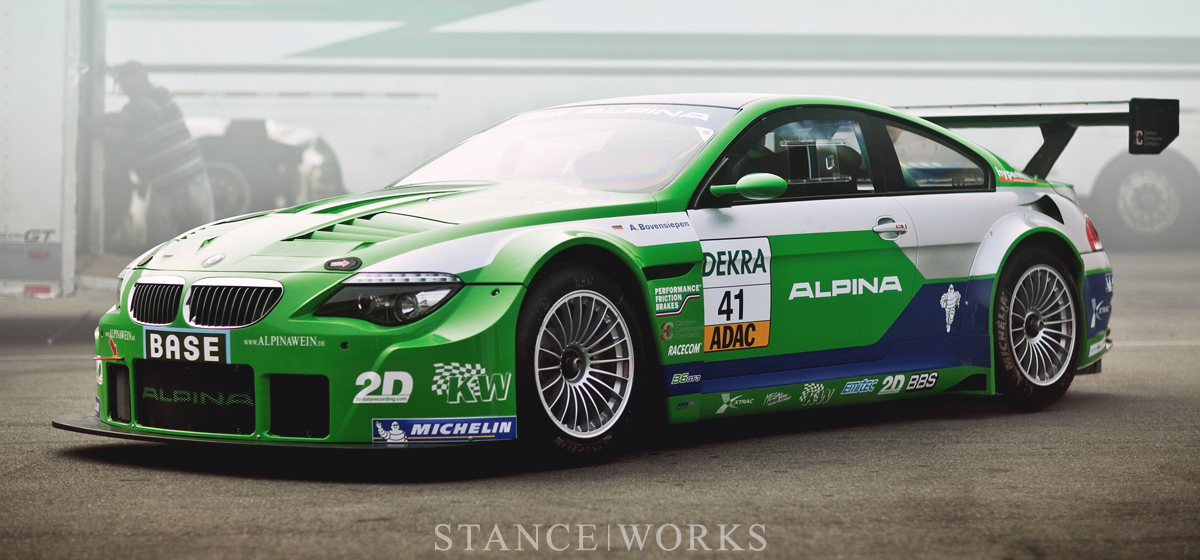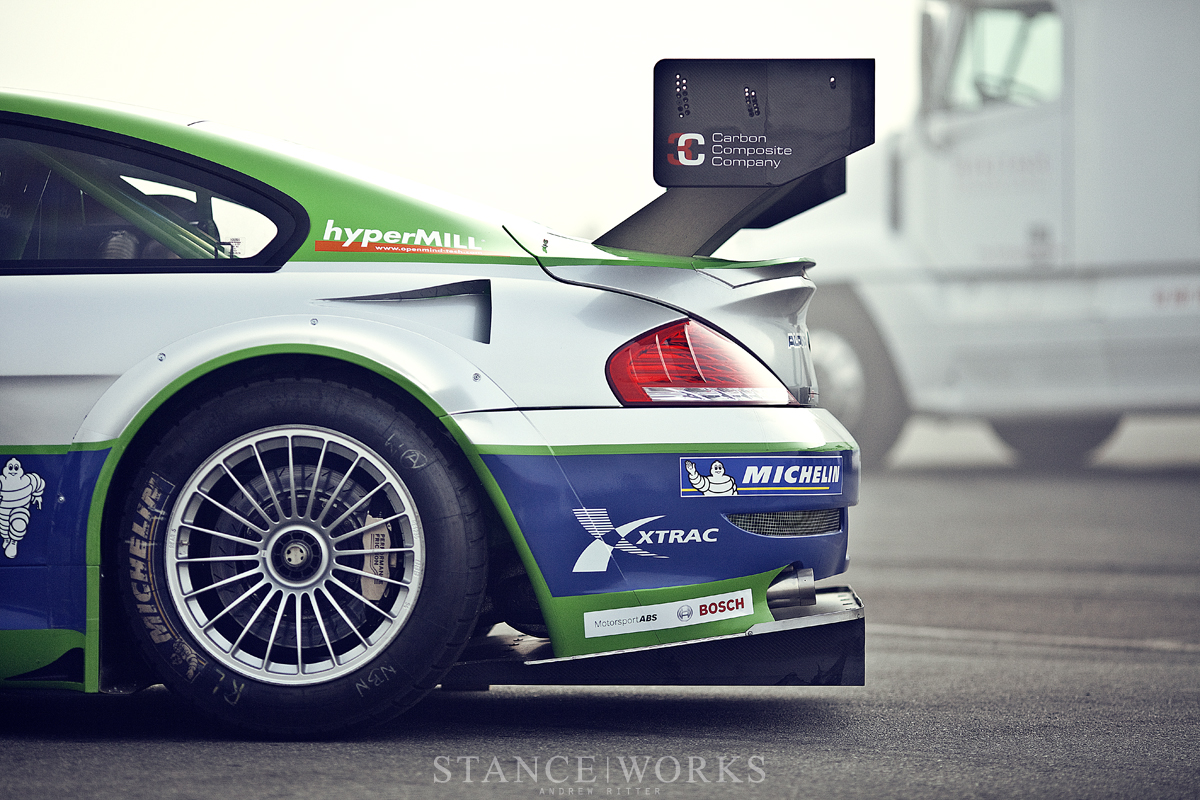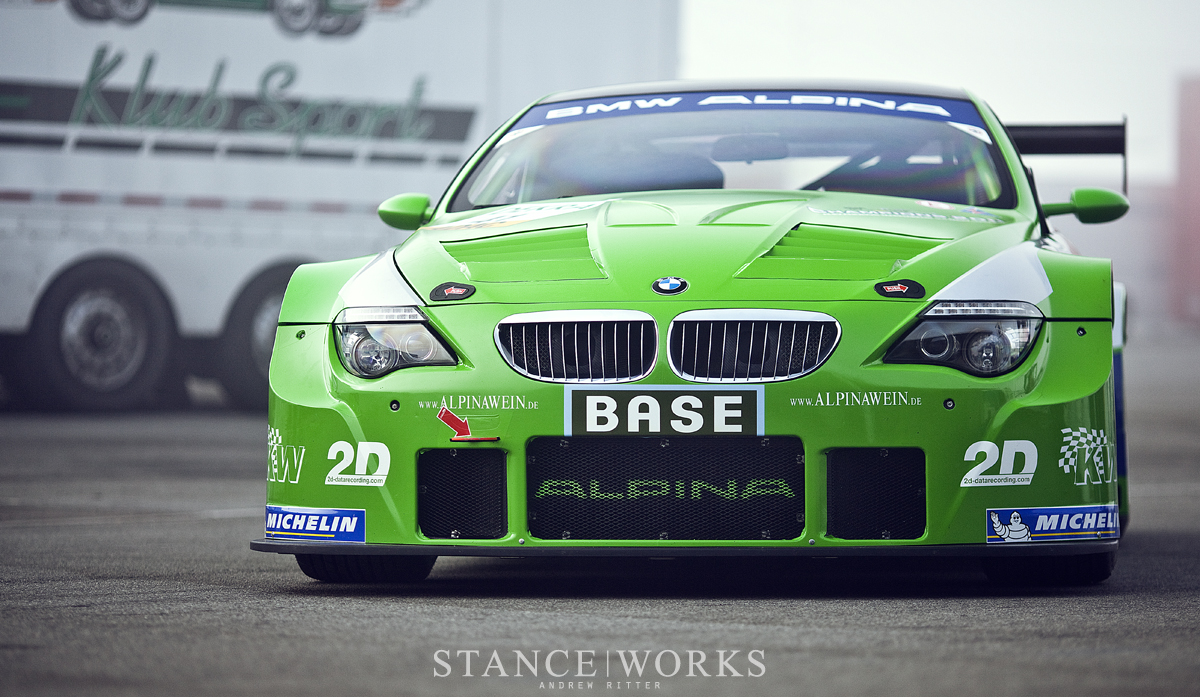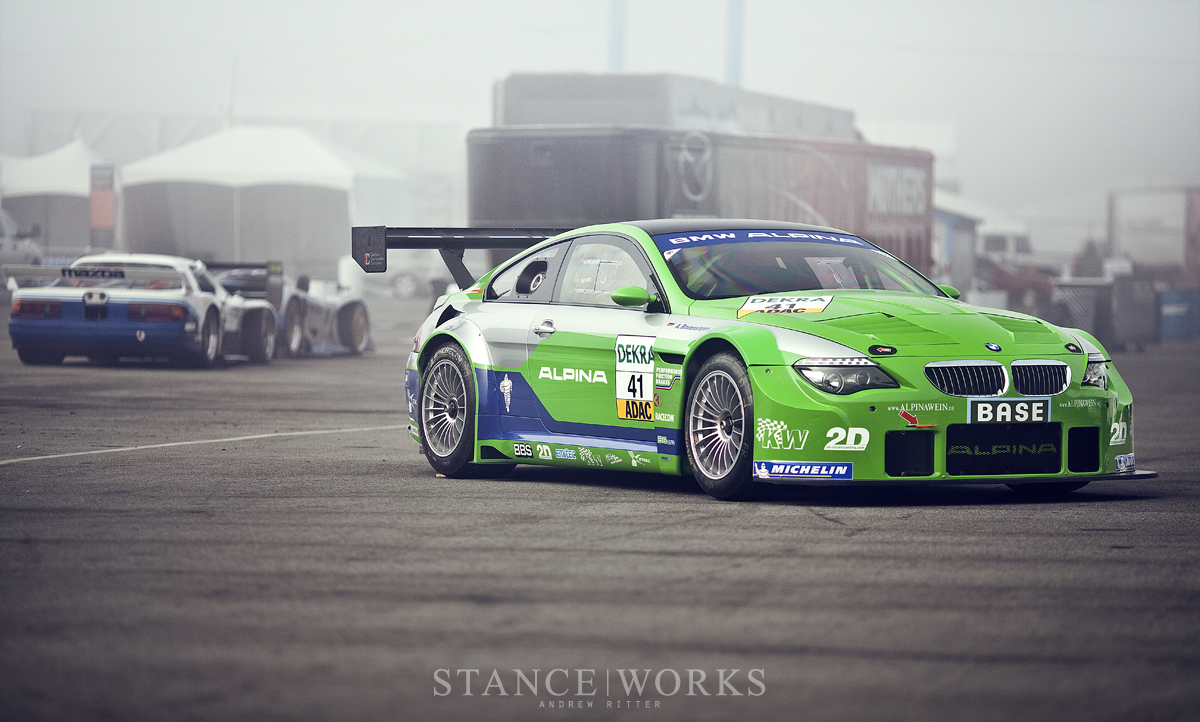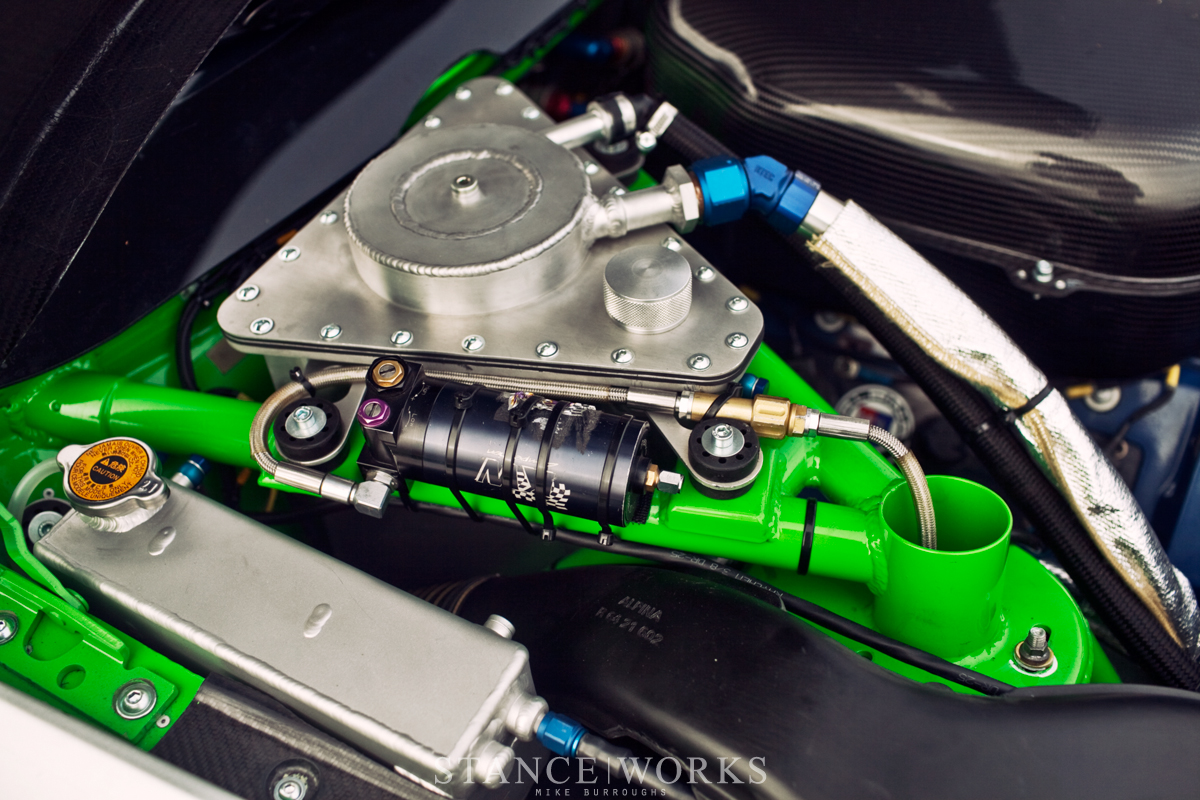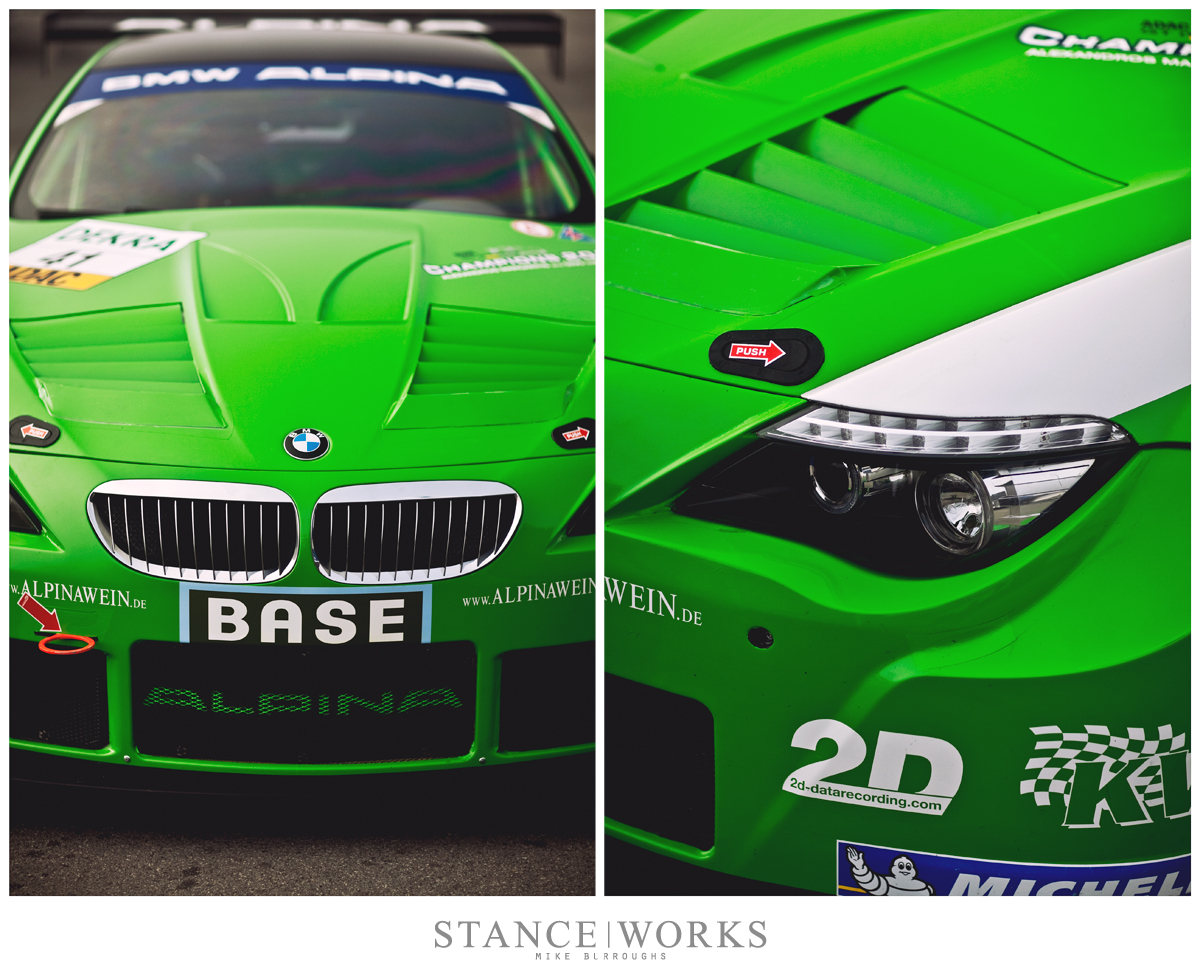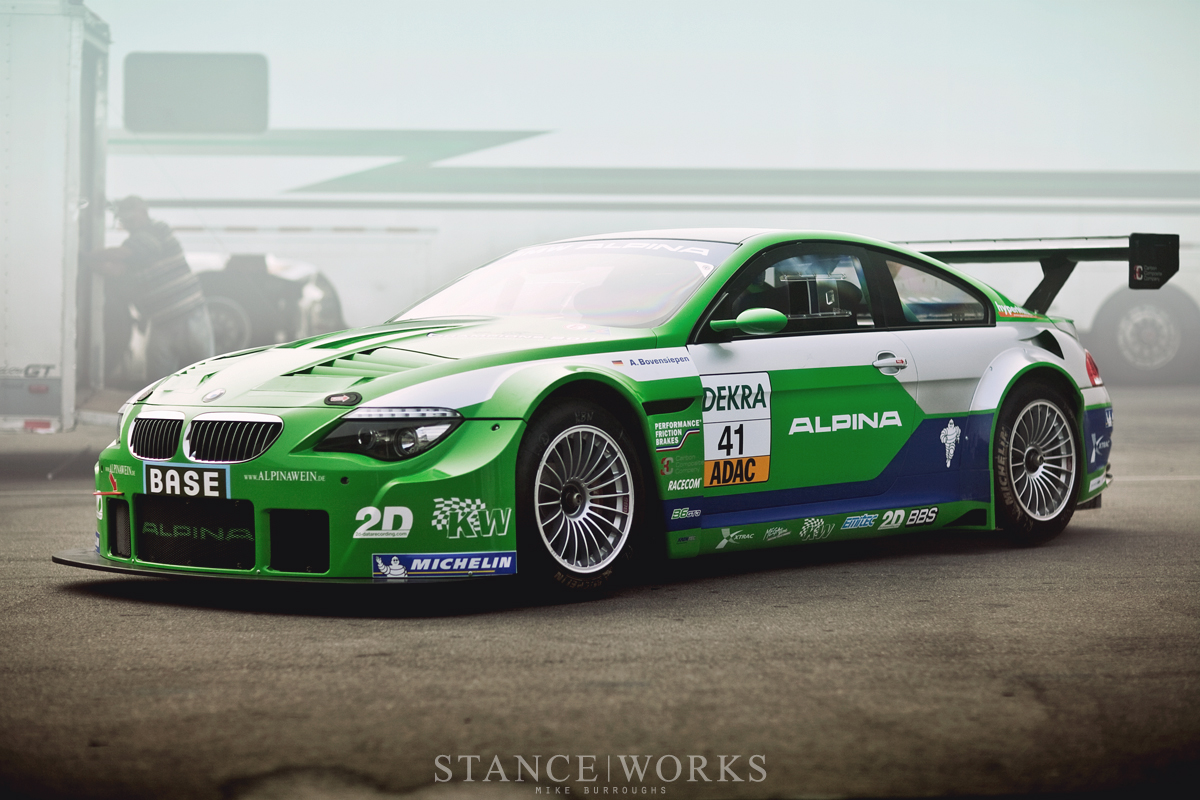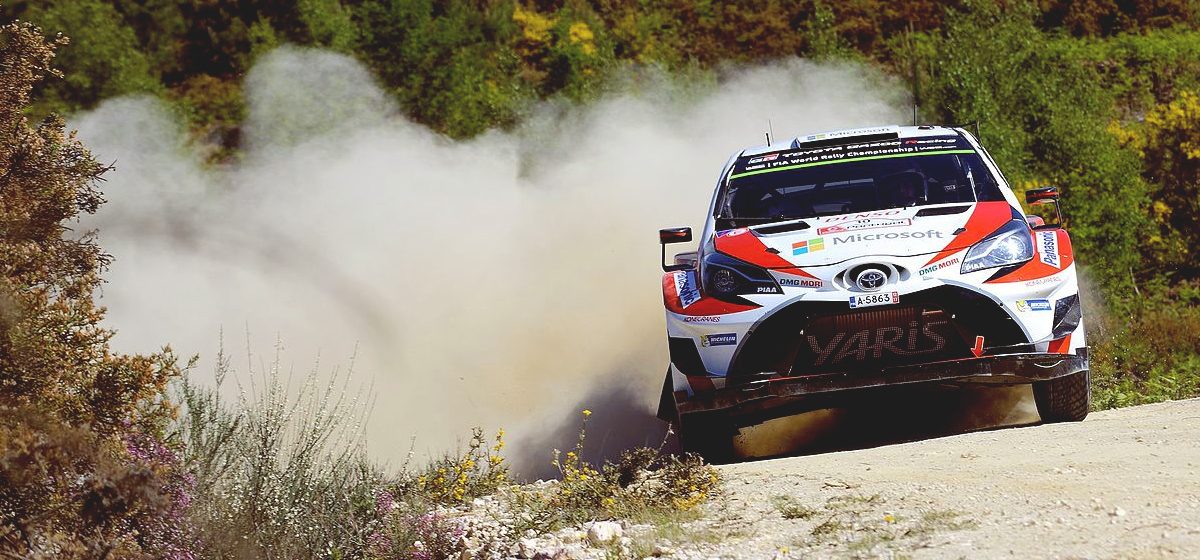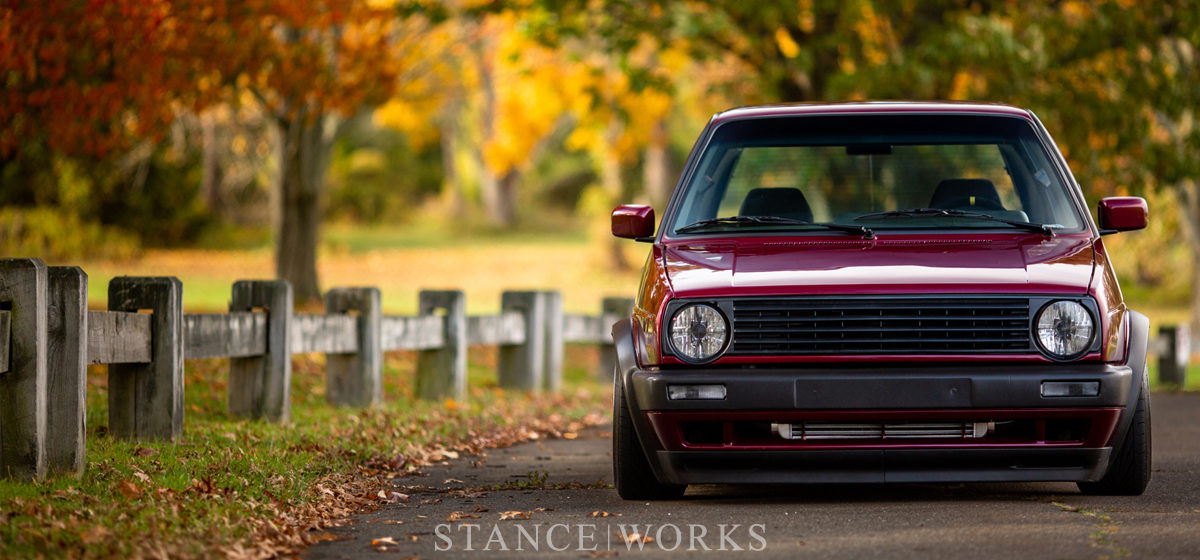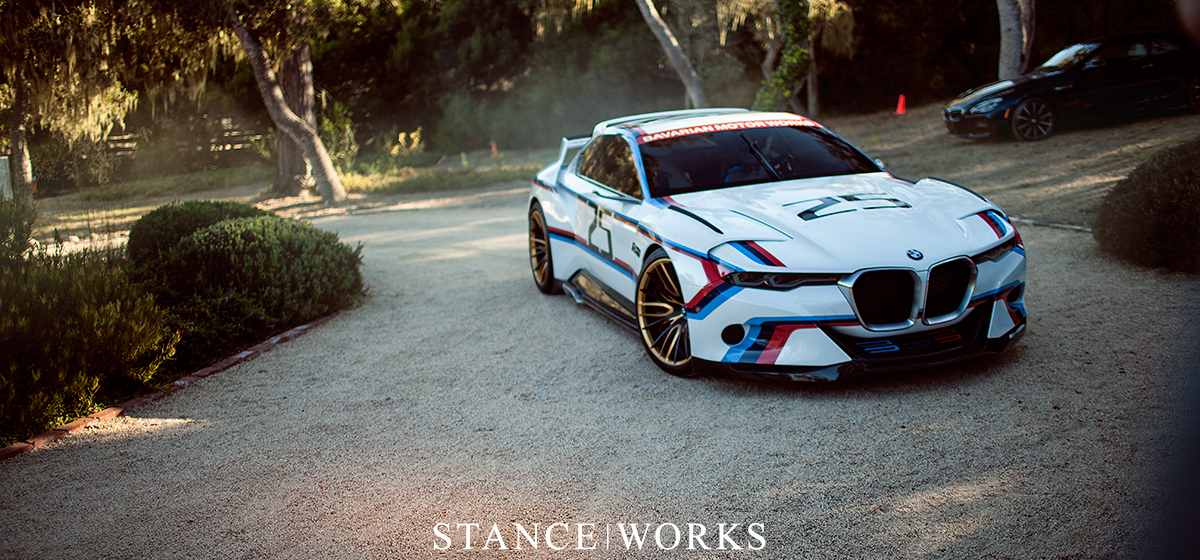The E63 6-series coupes are far from BMW’s shining moments in design. While there are sure to be fans, many enthusiasts of the marque consider the Bangle-styled era a dark time, with cars such as the E60 5-series and the E65 7-series sedans, penned by the “genius” himself, standing out in a long lineage of BMWs as… special. We can’t blame Bangle for the E63 though – instead, responsibility falls on Adrian van Hooydonk, whom later took the throne as chief designer for BMW in 2009. Although that isn’t to say that van Hooydonk’s designs didn’t pull from Bangle’s works – the aptly named “Bangle Butt” of the E63 was claimed by Car & Driver Magazine as the “industry’s most obnoxious posterior.” However, despite the questionable aesthetic lines, BMW’s sales took off to put them above Mercedes Benz as the leader in premium cars sales.
In my home-written version of “The Ugly Ducking: Pt. II,” the frightful fowl never grew into a beautiful swan – instead, the mother left the family, vowing never to procreate again. If that’s unclear, Chris Bangle, BMW’s lead designer and the man responsible for allowing the ugly duckling that is the E63 to happen, parted ways with the company and the automotive industry entirely, putting the marque back on track to create the stunning cars they produce today. However, there is a saving grace to the E63. Few would disagree that racecar counterparts to road-going cars are always an improvement, even when the road-going version is best viewed in a closed garage during a power-outage. The brains at ALPINA pulled off something quite impressive, picking up where Mother Goose let the family down, and created the B6 GT3, at heart, an E63, yet bigger, wider, louder, and absolutely awesome.
ALPINA’s story goes back several decades, to the mid-sixties when Burkard Bovensiepen, after successful stock market investments, began tuning BMWs. Fast forward several years, and ALPINA was recognized by the TÜV as its own automobile manufacturer. This was accomplished thanks to a very close relationship with BMW, which lead to Burkard’s cars being built on the same assembly lines along side BMW’s own vehicles. Burkard’s idea was to, in part, improve upon the cars BMW had to offer in every way, from aesthetic styling and interior upgrades, to the improvement of raw performance. It’s a mindset still held to this day as seen in their latest offerings.
ALPINA’s race efforts in the late ’60s and into the ’70s were a huge part of the company’s identity. In the 1970 season, just 5 years after ALPINA had formed, the blue-and-green-ladden team took the Spa 24 Hours race and the European Touring Car Championship. Iconic drivers like Niki Lauda, Jacky Ickx, Hans Stuck, Dieter Quester, James Hunt, and Derek Bell have all piloted ALPINA past the finish line. Through the seventies, the company phased out of racing, but made a return in 1988 to compete in DTM with their ALPINA M3 Group A racer. But a 20 year hiatus from racing left enthusiasts scratching their heads until 2009.
The company announced a return, this time to GT3 racing. While many would expect the team to base their GT3 racer off of the far-more iconic E92 M3, the team made a decision that is sure to baffle quite literally everyone. The E63 6-series coupe. The street version scaled in at a staggering 3,800 pounds, and its immense size measured in at 10 inches longer and 2 inches wider than the M3. What they saw in the E63 is beyond understanding, yet they made it work. After radical body work, which made ALPINA’s B6 GT3 considerably larger than the already-big BMW 6, we’re left with an ugly-duckling gone rogue, whom bulked up, plucked his feathers, and is looking for a fight. The B6 GT3 is, for lack of a better term, hideously fantastic. Perhaps even gorgeous.
The B6 GT3’s overall size was sure to play an intimidating role against the field of Ferraris, Porsches, Astons, and Lamborghinis that it was pitted against. However, underneath the hulkish exterior was a featherweight, coming in at less than 3,000 pounds. Similar to the road-version of the B6, ALPINA opted for a 4.4-liter V8 instead of the V10 found in the M-series cars. The engine was supercharged, pumping out 530 horsepower and 535 lb-ft of torque. Best of all, ALPINA was willing to sell the prepped GT3 race car to the public; anyone with a checkbook (cheque books for you Europeans) large enough to fund a race team was welcome to purchase a vehicle.
Among the first to secure the B6 GT3 was the French team “Sport Garage,” whom successfully raced them in the FIA GT3 European Championship as well as the French Serie Championnat de France FFSA, and the 24 Hours of Spa. ALPINA also put together a factory works team, prepped to race in the European Championship, German ADAC GT Masters, and the 24 Hours of Nurburgring. The success of the teams snagged the B6 GT3 4 wins and 9 poles in their first season. By 2011, two years later, the Liqui-Molly Team Engstler and the B6 GT3 took the Championship title with drivers Margaritis and Lunadari. The B6 GT3 proved to be a recipe for success.
The B6 GT3 stands as an impressive car in many ways. Through its success and engineering alone, it deserves respect. Yet through the transformation ALPINA was capable of pulling off, the ungainly E63 became something more than one only a mother could love. In fact, it’s impressive. Alluring. Massive and aggressive, adorned in the classic Alpina colors, the B6 GT3 is a car we’ve longed to see in person – and here we are.

